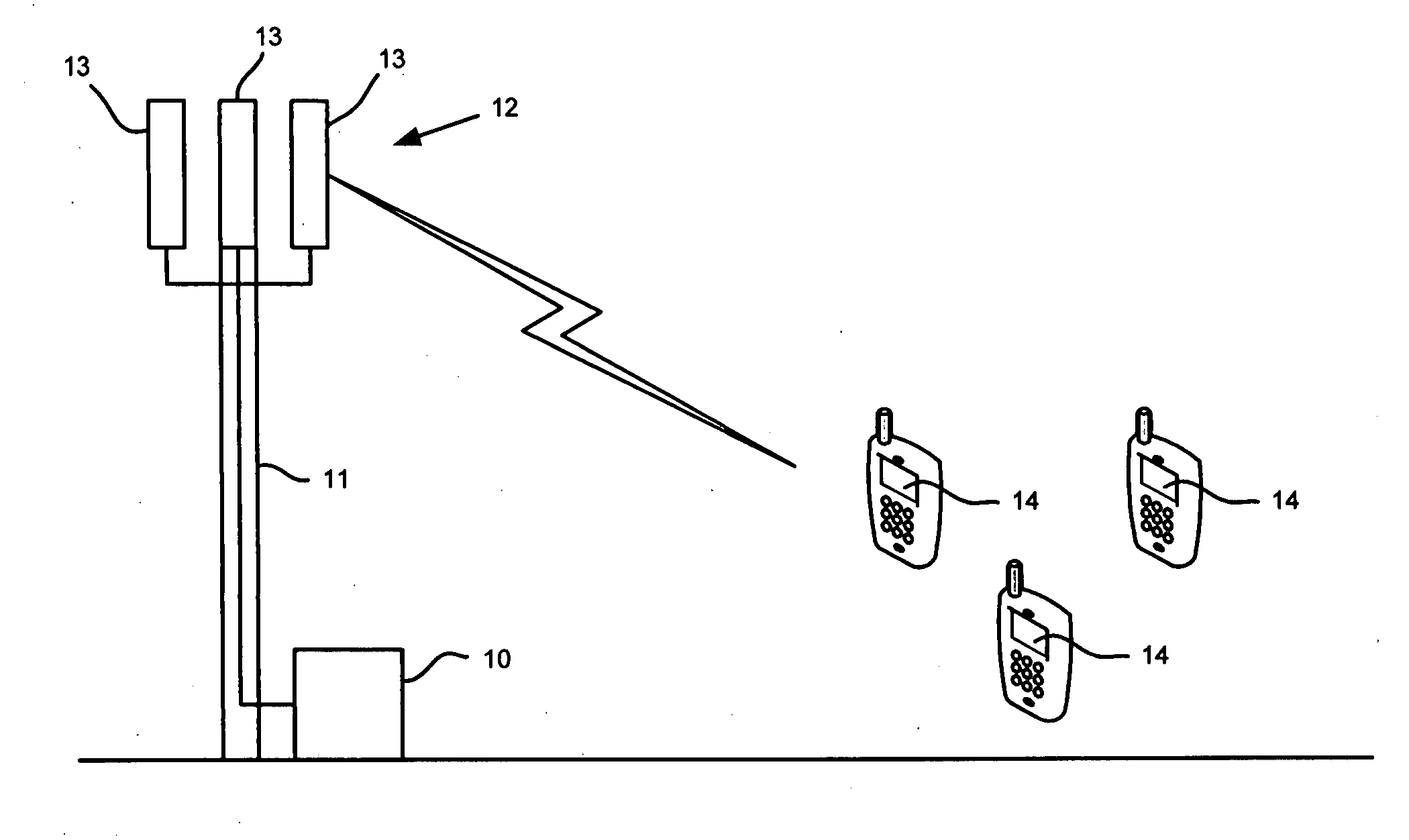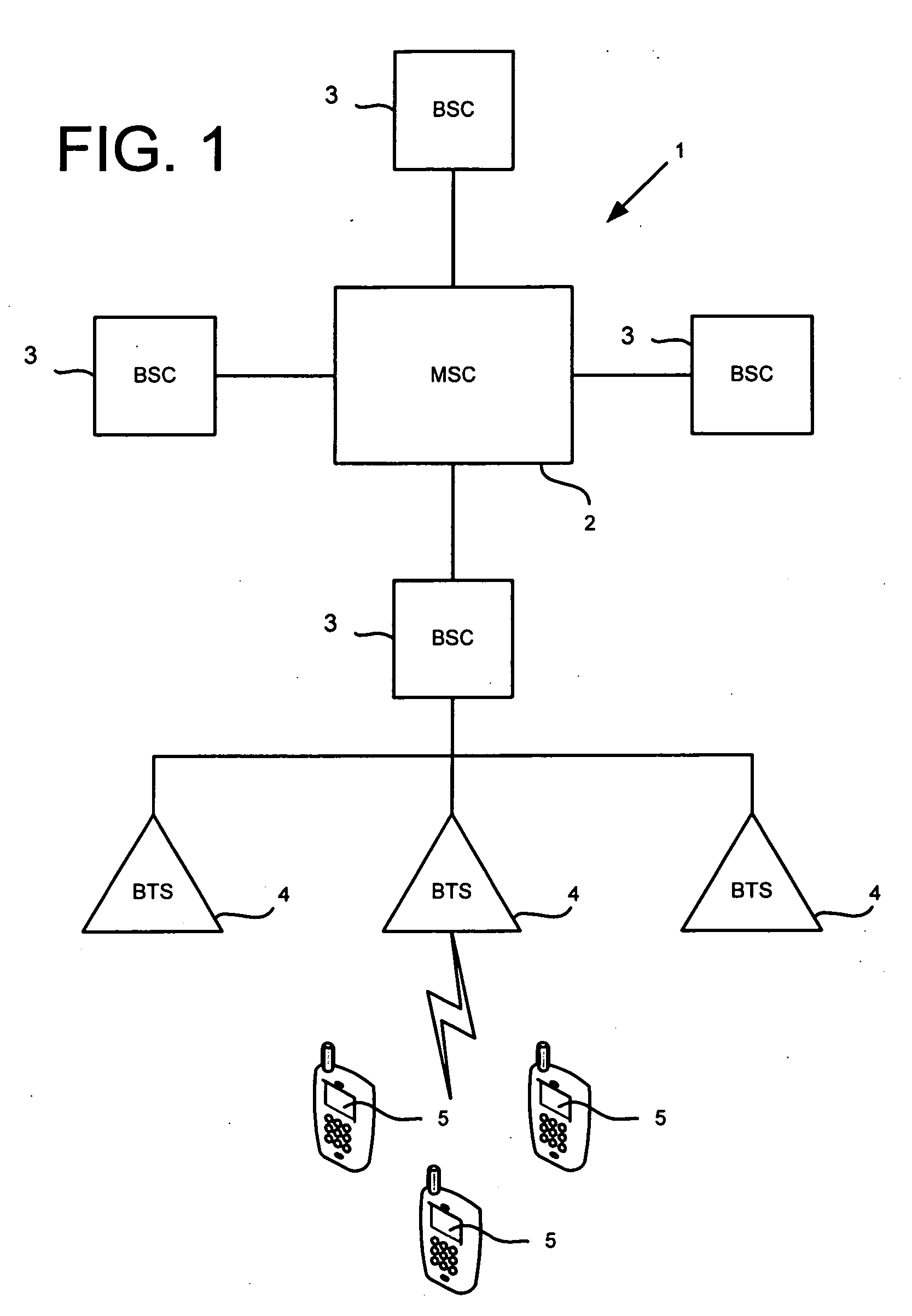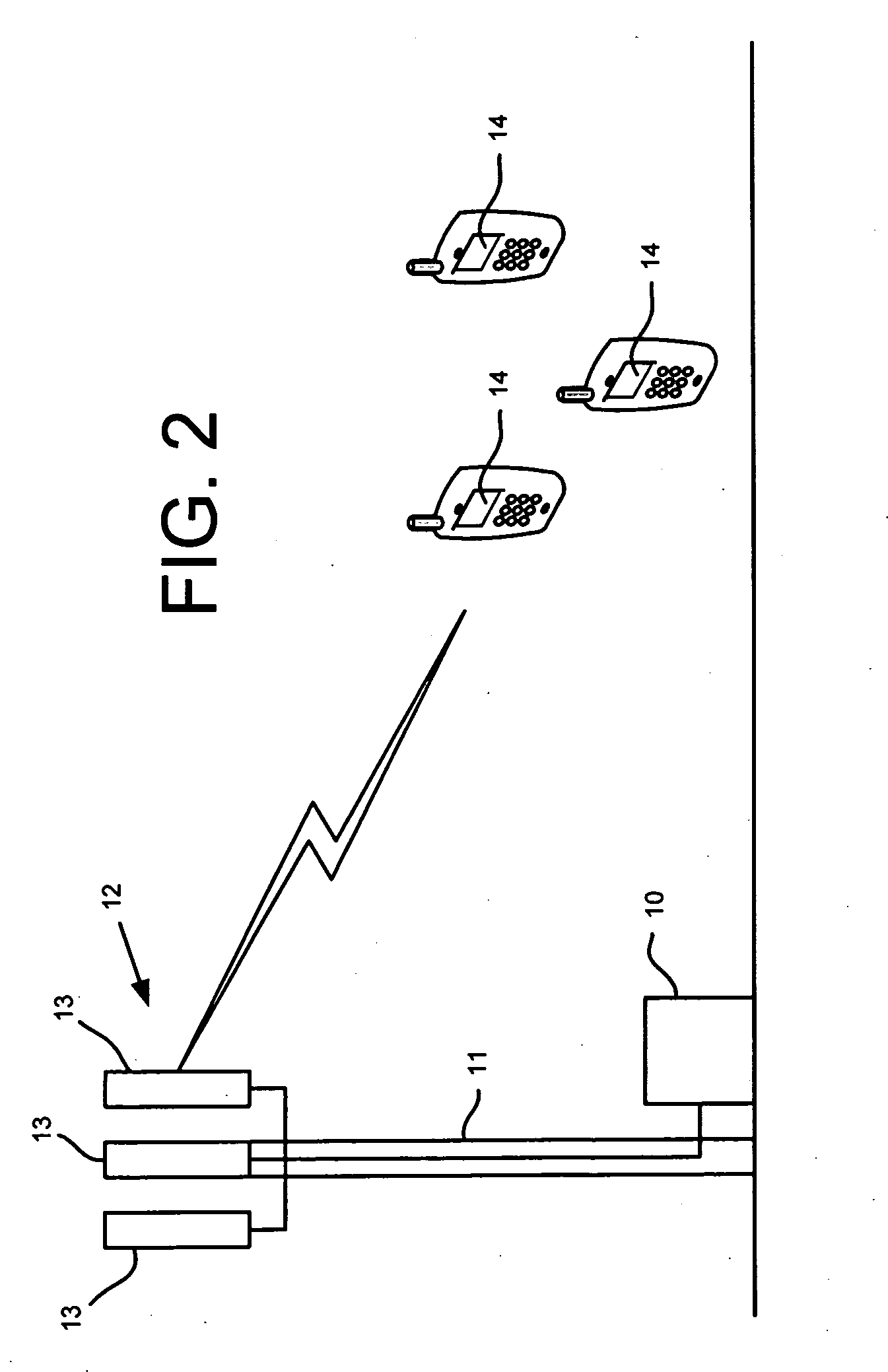Cellular base station subsystem
a subsystem and cellular technology, applied in substation equipment, electrical equipment, radio transmission, etc., can solve the problem of not always predicting the optimum value of downtil
- Summary
- Abstract
- Description
- Claims
- Application Information
AI Technical Summary
Benefits of technology
Problems solved by technology
Method used
Image
Examples
Embodiment Construction
[0006] The exemplary embodiment of the invention provides a method of operating a cellular base station subsystem, the method comprising: modulating a first control data signal to generate a first modulated carrier signal; multiplexing said first modulated carrier signal with a first RF antenna signal onto a feed line; demultiplexing a second RF antenna signal and a second modulated carrier signal from said feed line; demodulating the second modulated carrier signal to generate a second control data signal; analyzing at least one of said signals to generate diagnostic data; and outputting said diagnostic data.
[0007] The exemplary embodiment of the invention further provides a cellular base station subsystem comprising: a modulator adapted to modulate a first control data signal to generate a first modulated carrier signal; a multiplexer adapted to multiplex said first modulated carrier signal with a first RF antenna signal onto a feed line; a demultiplexer adapted to demultiplex a ...
PUM
 Login to View More
Login to View More Abstract
Description
Claims
Application Information
 Login to View More
Login to View More - R&D
- Intellectual Property
- Life Sciences
- Materials
- Tech Scout
- Unparalleled Data Quality
- Higher Quality Content
- 60% Fewer Hallucinations
Browse by: Latest US Patents, China's latest patents, Technical Efficacy Thesaurus, Application Domain, Technology Topic, Popular Technical Reports.
© 2025 PatSnap. All rights reserved.Legal|Privacy policy|Modern Slavery Act Transparency Statement|Sitemap|About US| Contact US: help@patsnap.com



